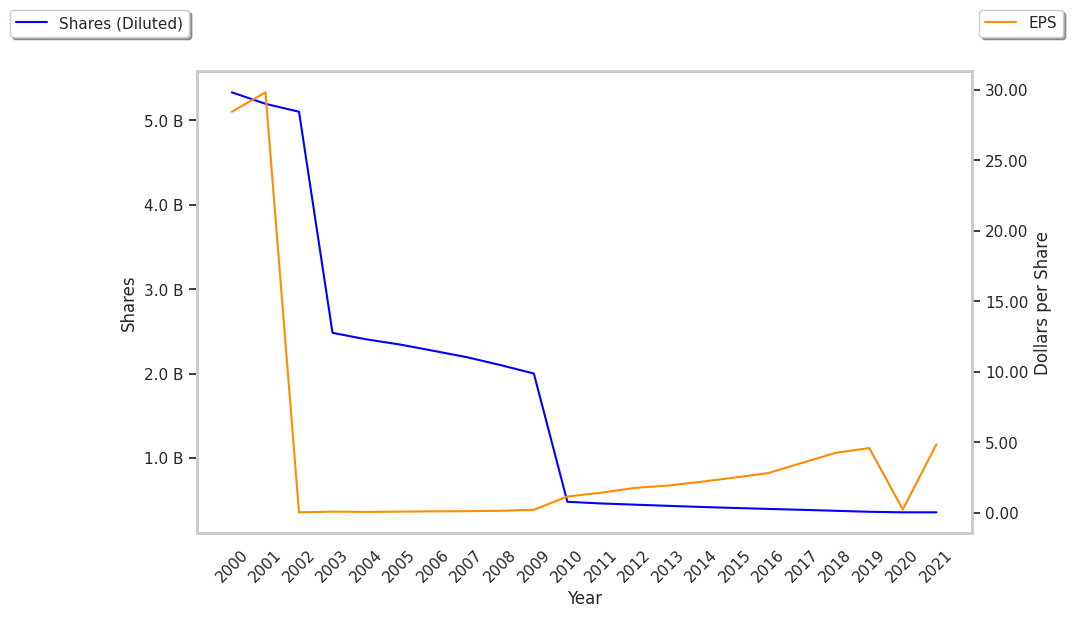Apparel Retail company Ross Stores is taking Wall Street by surprise today, falling to $136.71 and marking a -10.2% change compared to the S&P 500, which moved -0.0%. ROST is -9.3% below its average analyst target price of $150.73, which implies there is more upside for the stock.
As such, the average analyst rates it at buy. Over the last year, Ross Stores has underperfomed the S&P 500 by -3.0%, moving 7.1%.
Ross Stores, Inc., together with its subsidiaries, operates off-price retail apparel and home fashion stores under the Ross Dress for Less and dd's DISCOUNTS brands in the United States. The company is a consumer cyclical company, whose sales and revenues correlate with periods of economic expansion and contraction. The reason behind this is that when the economy is growing, the average consumer has more money to spend on the discretionary (non necessary) products that cyclical consumer companies tend to offer. Consumer cyclical stocks may offer more growth potential than non-cyclical or defensive stocks, but at the expense of higher volatility.
Ross Stores's trailing 12 month P/E ratio is 21.6, based on its trailing EPS of $6.33. The company has a forward P/E ratio of 20.0 according to its forward EPS of $6.69 -- which is an estimate of what its earnings will look like in the next quarter. The P/E ratio is the company's share price divided by its earnings per share. In other words, it represents how much investors are willing to spend for each dollar of the company's earnings (revenues minus the cost of goods sold, taxes, and overhead). As of the third quarter of 2024, the consumer discretionary sector has an average P/E ratio of 20.93, and the average for the S&P 500 is 29.3.
When we subtract capital expenditures from operating cash flows, we are left with the company's free cash flow, which for Ross Stores was $1.64 Billion as of its last annual report. Free cash flow represents the amount of money available for reinvestment in the business or for payments to equity investors in the form of a dividend. In ROST's case the cash flow outlook is weak. It's average cash flow over the last 4 years has been $1.51 Billion and they've been growing at an average rate of -1.1%.
Value investors often analyze stocks through the lens of its Price to Book (P/B) Ratio (its share price divided by its book value). The book value refers to the present value of the company if the company were to sell off all of its assets and pay all of its debts today - a number whose value may differ significantly depending on the accounting method. Ross stores's P/B ratio is 8.16 -- in other words, the market value of the company exceeds its book value by a factor of more than 8, so the company's assets may be overvalued compared to the average P/B ratio of the Consumer Discretionary sector, which stands at 2.93 as of the third quarter of 2024.
Since it has an average P/E ratio, a higher than Average P/B Ratio, and positive cash flows with a flat trend, Ross Stores is likely overvalued at today's prices. The company has mixed growth prospects because of an inflated PEG ratio and strong operating margins with a stable trend. We hope you enjoyed this overview of ROST's fundamentals. Be sure to check the numbers for yourself, especially focusing on their trends over the last few years.



